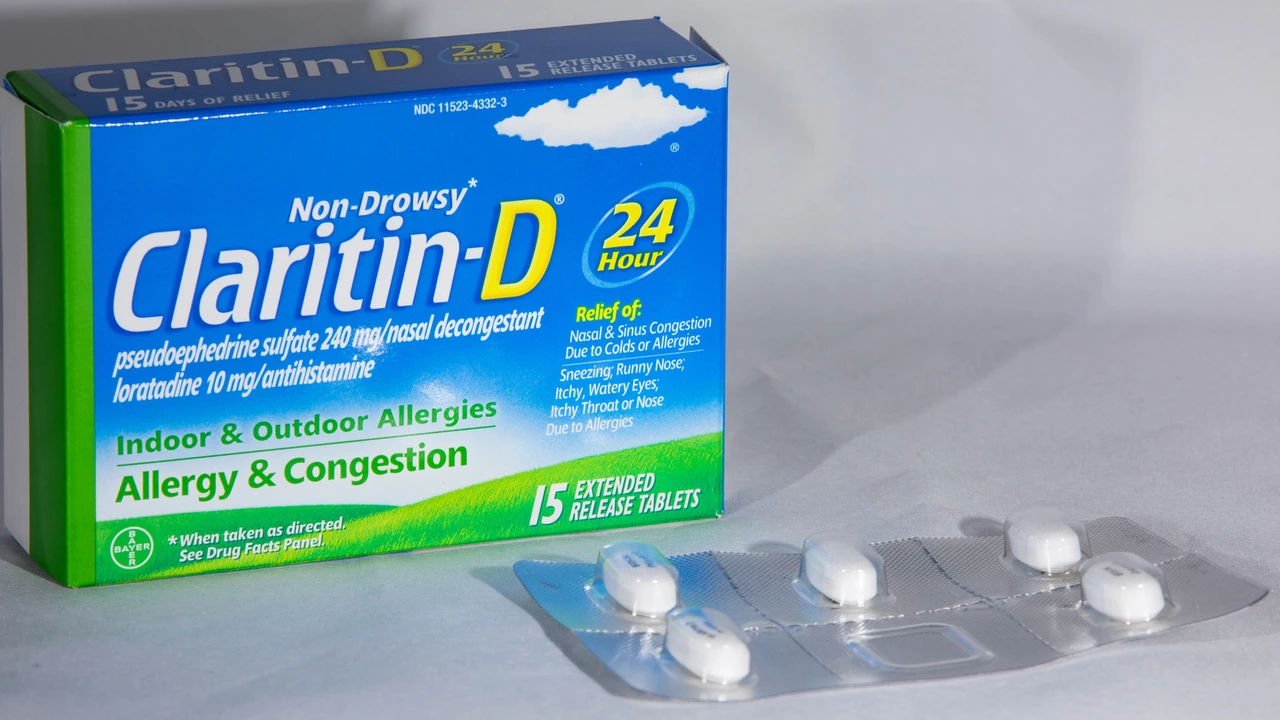Labetalol and Allergies: What to Watch for (Aug 2023)
Had a rash, itching, or swelling after starting labetalol? That’s exactly what readers told us in August 2023, so here’s a clear, practical guide on what those reactions look like and what to do next.
Signs and timing
Labetalol can cause allergic reactions, though serious ones are uncommon. Typical mild-to-moderate signs include hives (raised itchy bumps), a spreading red rash, itchy eyes, or local swelling. Reactions can start quickly—within minutes or hours—or show up days to weeks after starting the medicine.
Severe reactions are rare but possible. Watch for face or throat swelling, trouble breathing, sudden dizziness, or fainting. Those are medical emergencies and can mean anaphylaxis.
What to do if you suspect an allergy
If you notice mild itching or a small rash, call your prescriber or pharmacist for advice; they may recommend stopping labetalol and taking an antihistamine. For any breathing trouble, throat tightness, or fainting, call emergency services right away—administer epinephrine if available and trained to use it.
Tell your provider exactly when symptoms started and what they felt like. That timing helps distinguish an allergic reaction from other side effects like dizziness or fatigue that some people get with blood pressure meds.
Two practical points many people miss: first, beta-blockers like labetalol can make severe allergic reactions harder to treat because they blunt the effect of epinephrine. If you’ve had a serious reaction on a beta-blocker, your care team needs to know this. Second, routine skin allergy testing for labetalol isn’t common; doctors usually rely on the symptoms and history.
If labetalol is stopped for allergy, your doctor will pick an alternative blood pressure medicine. Options often include calcium channel blockers, ACE inhibitors, or ARBs, depending on your health and other meds. Don’t switch drugs on your own—talk to your provider, especially if you have pregnancy, heart, or kidney issues.
Keep a clear record: write down the drug name, dose, when symptoms began, and how severe they were. Share that information with future providers and consider a medical-alert bracelet if the reaction was severe. Report the event to your pharmacist or local reporting system so it’s documented.
August’s posts focused on recognition and quick action. If you’re worried about a past or current reaction, call your healthcare team now. Quick, clear info and prompt care make allergic reactions much easier to manage.

